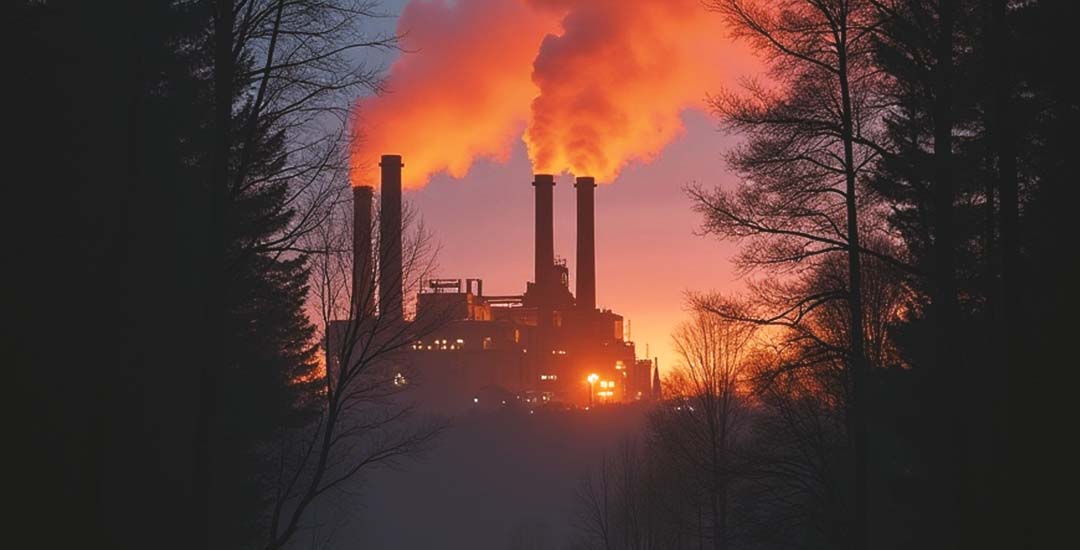
Carbon Capture and Storage (CCS) Technology: Carbon Emission Reduction Solution in Indonesia
EnvidataID, Semarang – Carbon Capture and Storage (CCS) technology is one of the solutions to mitigate global warming by reducing carbon dioxide (CO₂) emissions into the atmosphere. The CCS process involves three main stages: capturing CO₂ from the emission source, transporting CO₂ to the storage location, and storing CO₂ in a safe place.
CO₂ Capture System
CO₂ capture is carried out through absorption technology that has long been known in the industry, especially in hydrogen production both on a laboratory and commercial scale. The main source of CO₂ emissions comes from fossil fuel power plants, such as coal-fired power plants which contribute more than 60% of emissions, followed by gas-fired power plants at 11% and diesel-electric power plants at 7%. The challenge in CO₂ capture lies in the characteristics of low-pressure exhaust gas and low CO₂ concentrations, so that additional processes are required that require considerable energy for separation.
CO₂ Transport System
Once the CO₂ has been captured, the next step is to transport it to a storage location. There are two main modes of transport used: pipeline and tanker. Prior to transport, the CO₂ needs to undergo a purification process and either compression or liquefaction, depending on the mode of transport used, to ensure safe and efficient transport. Pipeline transport of CO₂ has been a common practice in the oil and gas industry since the 1970s, with over 90% of the world’s CO₂ pipeline network located in the United States for Enhanced Oil Recovery (EOR) purposes.
CO₂ Storage System
The final stage of the CCS process is storing the CO₂ in a safe and permanent place. One proven method is geological storage, which involves injecting CO₂ into rock formations beneath the earth’s surface that have a caprock to prevent the CO₂ from escaping back into the atmosphere. Another method that has been considered is deep-sea storage (ocean storage), but geological storage is considered more effective and safe.
CCS Potential and Regulation in Indonesia
Indonesia has great potential in the application of CCS technology, especially with the availability of geological formations suitable for CO₂ storage. The Indonesian government has taken proactive steps by issuing Presidential Regulation Number 14 of 2024 concerning the Implementation of Carbon Capture and Storage Activities, which regulates the implementation of CCS in Indonesia. In addition, the Ministry of Energy and Mineral Resources has also issued Ministerial Regulation of Energy and Mineral Resources Number 2 of 2023 which regulates various provisions regarding activities related to CCS and CCUS in upstream oil and gas business activities.
The implementation of CCS in Indonesia is expected to contribute significantly to efforts to reduce greenhouse gas emissions and support the national commitment to climate change mitigation.
Source: esdm.go.id | bsn.go.id

